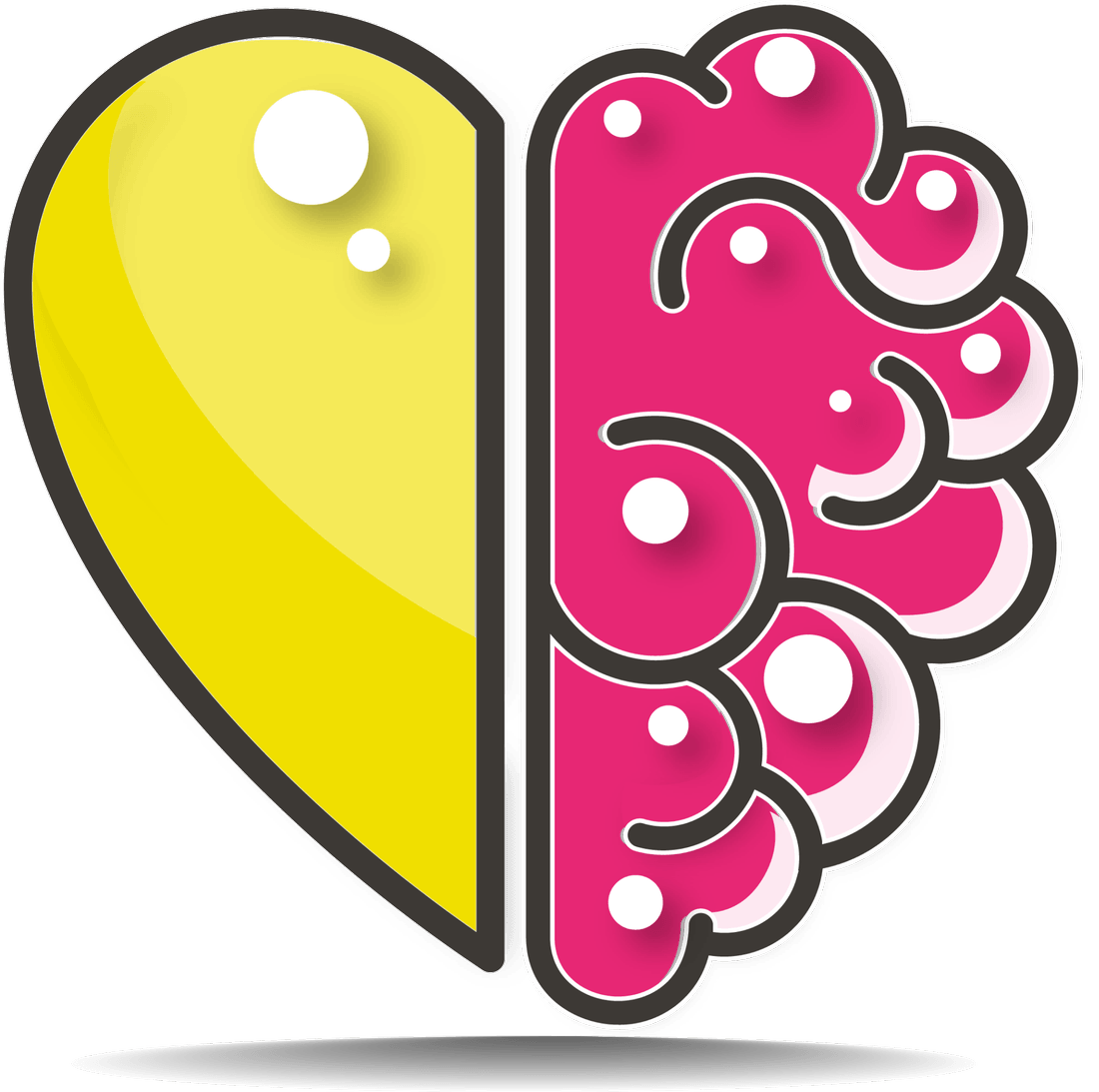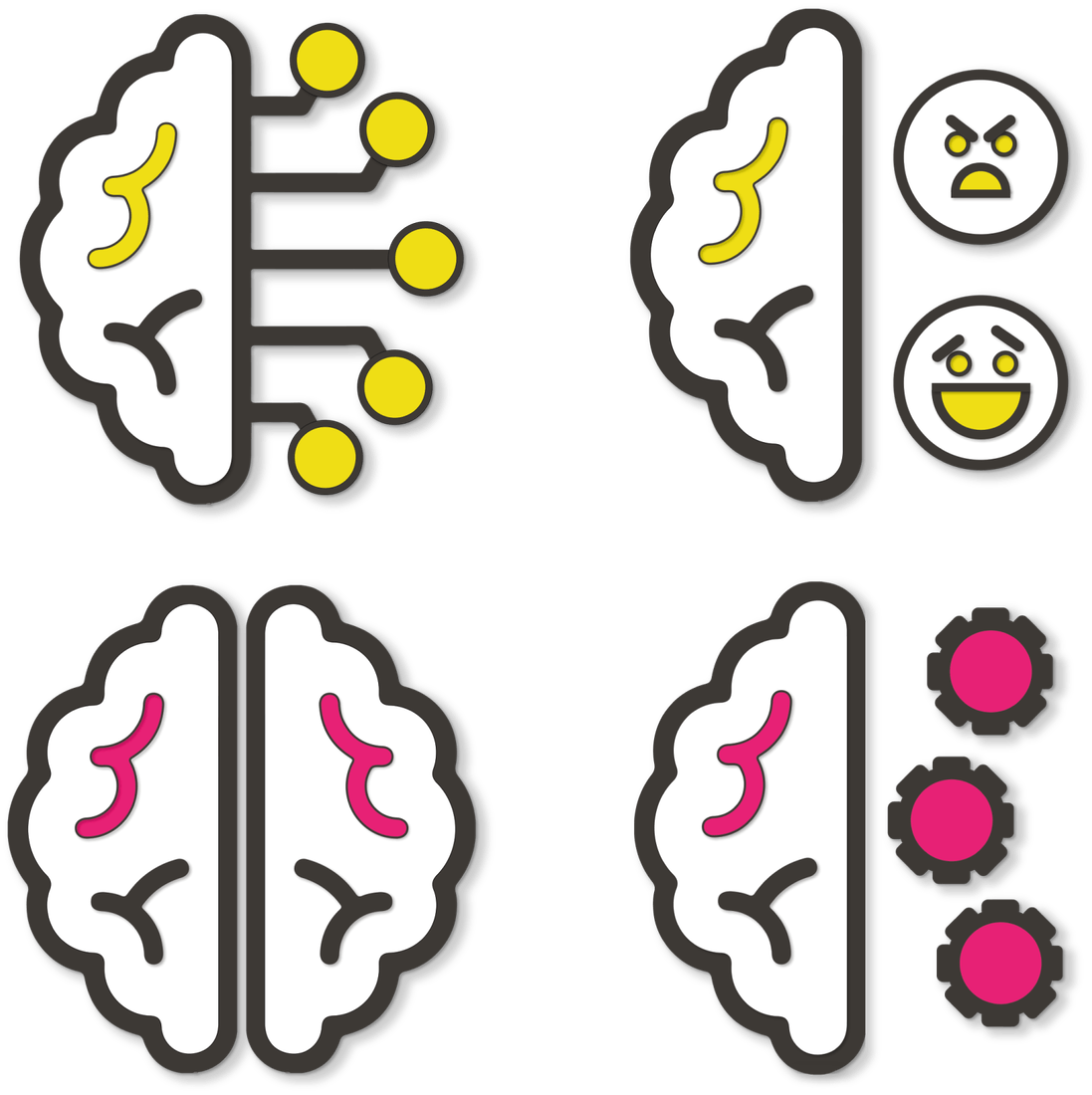
WHY WE LOOK AT BRAIN SYSTEMS
Looking at brain systems across an organisation helps to give a more holistic picture of their cultural health.
Within our model the Instinctive and Emotional systems are linked to the heart and therefore happiness. While Reflective and Rational systems are associated with the brain and impact engagement.

BRAIN SYSTEM 2EMOTIONAL
The emotional brain system is designed to give us the means to cooperate socially.
It is located within the Limbic System, which sits in the middle of the brain. Its purpose is social bonding and connection. It’s significantly impacted by our relationships with colleagues and how we feel about ourselves at work.
BRAIN SYSTEM 3REFLECTIVE
The reflective brain system refers to our ability to mentally or emotionally ‘step back’ to consider our responses.
This system is centred in the Prefrontal Cortex. It is associated with higher level thinking such as concepts and imagination and is also the home of our self-awareness.
BRAIN SYSTEM 4RATIONAL
The rational brain system is thought of as the ‘thinking brain’, alongside the reflective system. It is located in the Neo-Cortex which sits across the top and sides of the brain.
Thinking enables us to consider our options and to undertake complex tasks such as planning. Emotions and instincts demand instant reaction, but our thoughts are processed at slower speeds to allow us to gather and interpret more information.

Clive Hyland
Head of Neuroscience
The Happiness Index

These brain systems will show up very differently in our types of behaviour, helping us to understand the way that we process information ourselves, and which parts of the brain we’ve learned to activate the most during our lives. We’re all a unique blend and we can look back to our lives and understand how those influences on our brain have created the communication style that we have.



